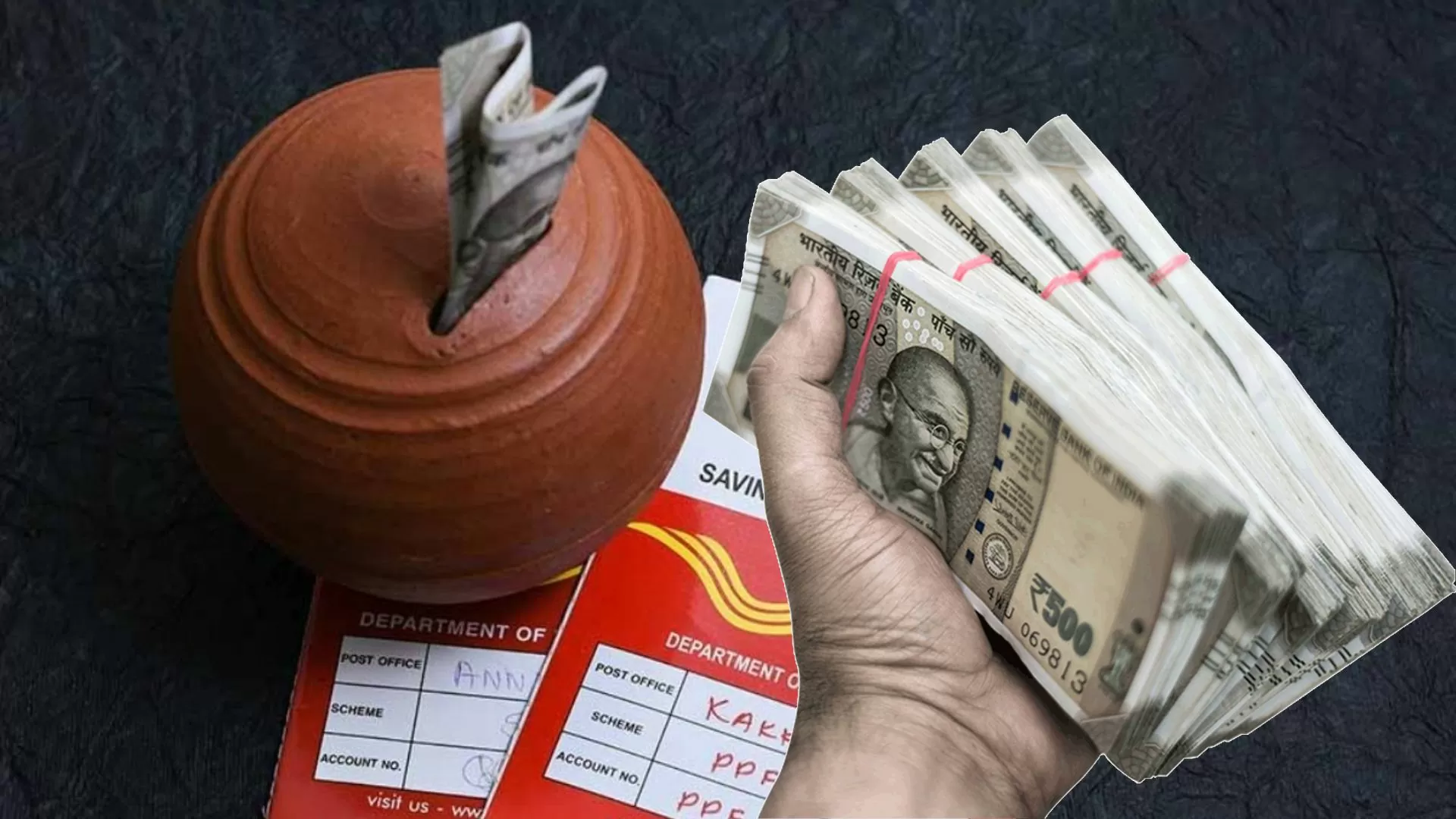Post Office Scheme: Do you want to invest your savings in a safe and easy way? Then the Post Office RD scheme can be the best option for you. In this, you deposit a fixed amount every month, which gradually builds a good fund.
Its biggest feature is that there is no market risk in it and you get a pre-determined interest rate. Over a period of 5 years, this scheme not only instills the habit of regular savings, but also creates a strong financial base for the future. It is a reliable and guaranteed return plan to create large capital from small investments.
Do you want to invest your savings in a safe and easy way? Then the post office RD scheme can be the best option for you. In this, you deposit a fixed amount every month, which gradually builds a good fund. Its biggest feature is that there is no market risk in it and you get a pre-determined interest rate. Over a period of 5 years, this scheme not only instills the habit of regular savings, but also creates a strong financial base for the future. It is a reliable and guaranteed return plan to create large capital from small investments.
The tenure of this scheme is 5 years and during this period you get a fixed interest rate, which is fixed initially. If you want to start investing but do not want to take the market related risks, then this scheme is a good investment option for you. It can be started by visiting any nearby post office. It is an easy and reliable way to develop a habit of regular savings and build a fund for the future. With the help of this scheme, you get the amount back with interest after 5 years.
You can start investing in Post Office RD (Recurring Deposit) scheme with just Rs 100 per month. It does not require any large amount, you can deposit more as per your convenience. This scheme is a good option for people of every income group whether you are a salaried person, a housewife or a small businessman.
Any minor aged 10 years or above can open this account with the help of his parents or guardian. When he turns 18, he has to update his KYC and also submit a new form so that the account can be operated in his name. RD account is no longer as cumbersome as it used to be. You can easily open it through mobile banking or e-banking. This scheme not only teaches the habit of saving but also gradually builds a good amount of money which will be useful for you in the future.
Opening an RD account at a post office is quite easy, but there are some important rules related to it that need to be kept in mind. When you open the account, the first installment has to be deposited at the same time. If you have opened the account before the 16th of the month, then you have to deposit the subsequent installments by the 15th of every month. But if the account is opened after the 16th, then you will get time to deposit the money from the 16th of every month till the last working day of the month.
Let us understand the returns from post office RD with a simple example. Suppose you deposit Rs 50,000 every month in RD and it continues for 5 years, then Rs 50,000 x 12 months x 5 years, will be a total of Rs 30 lakhs. This gives an interest rate of 6.7% per annum (this interest is applicable on a quarterly compound basis). In such a situation, after 5 years, you can get around Rs 35.85 lakhs. This will include interest of around Rs 5.85 lakhs, which you will get with your deposit. That is, you can get this money without any risk only with the help of investment.
There are several advantages of this post office scheme. There is absolutely no market risk in it, the interest rate is fixed and you get into the habit of investing a small amount every month. Also, after 12 months of opening the RD account, i.e. when you deposit 12 monthly installments, you become eligible for a loan. You can get a loan of up to 50% of your deposit. You can repay this loan in a lump sum or in EMIs. If the loan is not repaid on time, then on the maturity of the account, the post office deducts that loan amount from your maturity amount, and the remaining amount is given to you.

